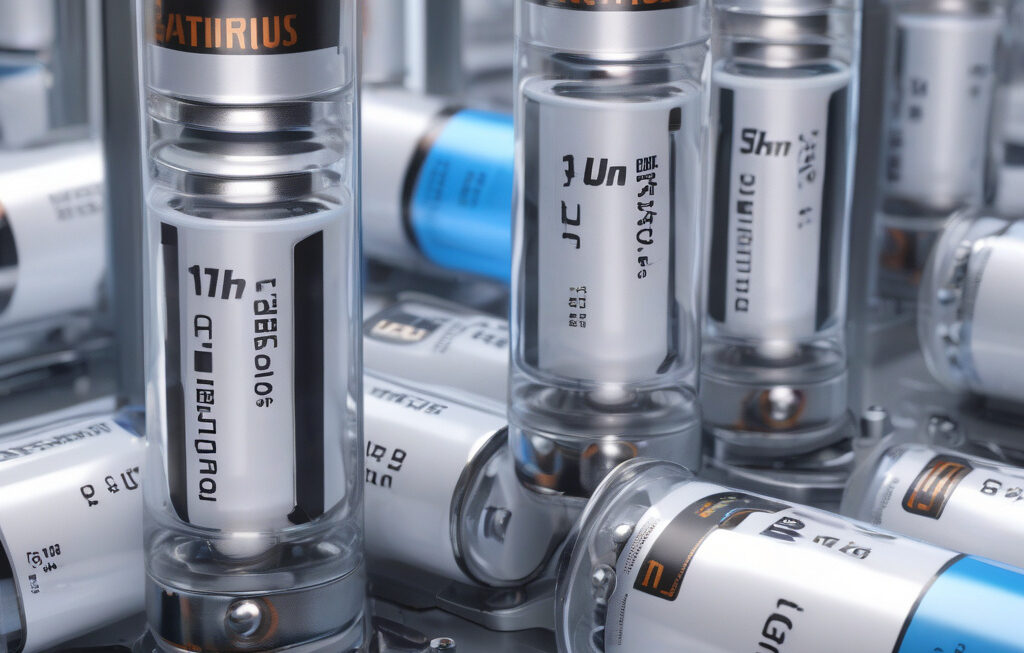World’s First Vitamin B2 and Sugar Battery Mimics How the Human Body Makes Energy
Scientists are taking cues from biology to rethink how we store energy. As the world faces challenges with traditional batteries such as limited capacity, environmental impact, and safety concerns, innovative solutions are being sought after. One such groundbreaking development is the creation of the world’s first vitamin B2 and sugar battery, inspired by how the human body generates energy.
This pioneering technology is a result of collaborative efforts between researchers at the University of Toronto and the University of Maryland. By mimicking the processes of the human body, specifically how cells convert food into energy, scientists have unlocked a new approach to energy storage that could revolutionize the field.
Vitamin B2, also known as riboflavin, plays a crucial role in the body’s energy production processes. It is involved in converting carbohydrates into adenosine triphosphate (ATP), the molecule that fuels cellular activities. Drawing inspiration from this natural mechanism, the vitamin B2 and sugar battery utilize riboflavin as a key component in its energy storage system.
One of the primary advantages of this innovative battery is its sustainability. Unlike conventional batteries that rely on rare and environmentally harmful materials, the vitamin B2 and sugar battery uses biocompatible substances that are abundant in nature. This not only reduces the environmental impact of energy storage but also enhances the safety of the battery, making it a promising alternative for a greener future.
Moreover, the vitamin B2 and sugar battery boasts impressive performance metrics. Initial tests have demonstrated its high energy density and long cycle life, outperforming many existing battery technologies. This could have far-reaching implications for various applications, from consumer electronics to electric vehicles, where energy storage capacity and reliability are of utmost importance.
In addition to its technical advantages, the vitamin B2 and sugar battery offers a glimpse into the potential of bio-inspired innovation. By studying and emulating natural processes, scientists have been able to develop a cutting-edge technology that could reshape the energy storage landscape. This underscores the importance of interdisciplinary collaboration and the endless possibilities that arise from merging biology with engineering.
As the world continues to seek sustainable and efficient energy solutions, the development of the vitamin B2 and sugar battery marks a significant milestone in the journey towards a cleaner and more advanced future. By harnessing the power of biochemistry, researchers have unlocked a new paradigm in energy storage that holds tremendous promise for the years to come.
In conclusion, the world’s first vitamin B2 and sugar battery represents a remarkable fusion of biology and technology, offering a sustainable, high-performance energy storage solution inspired by the human body’s own energy production processes. As this innovative technology progresses towards commercialization, it has the potential to revolutionize the way we power our lives, paving the way for a more sustainable and efficient energy future.
energy, innovation, sustainability, technology, bio-inspired.












